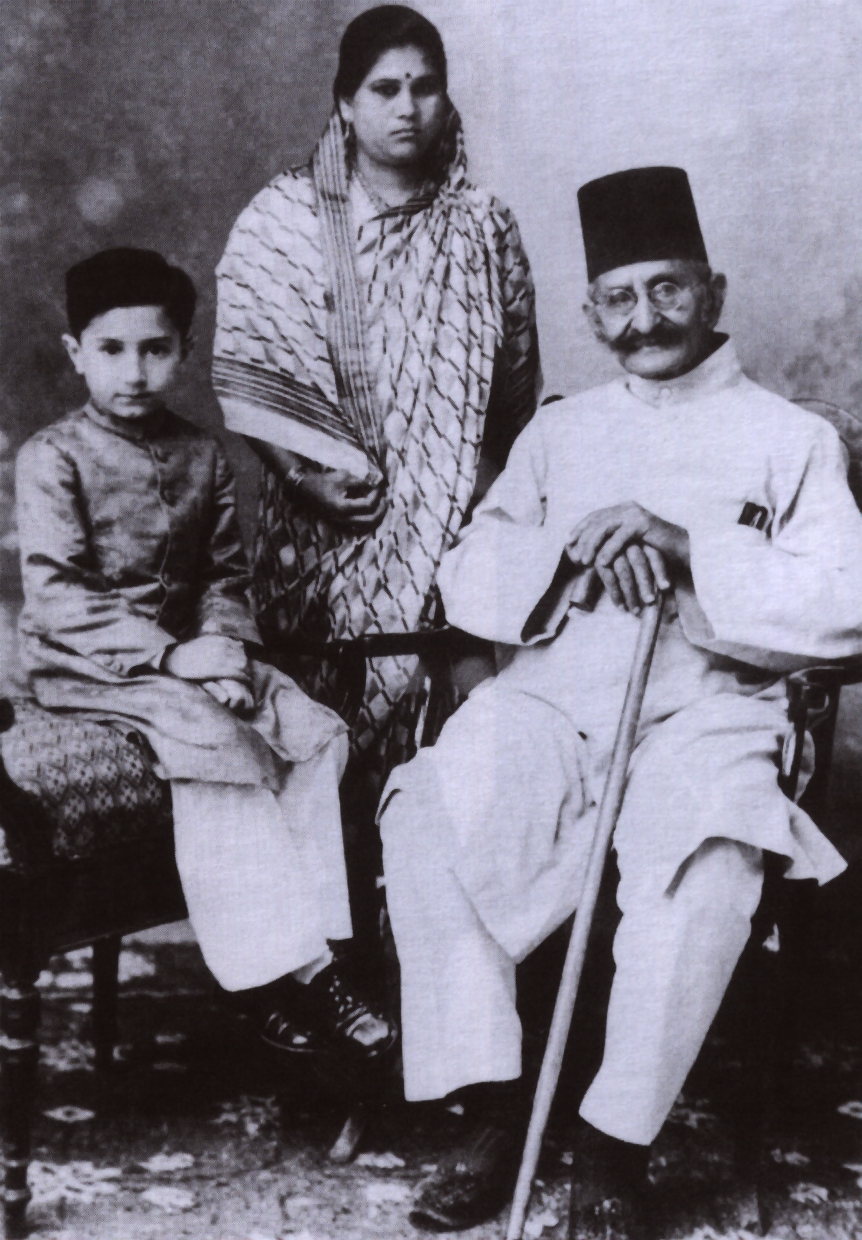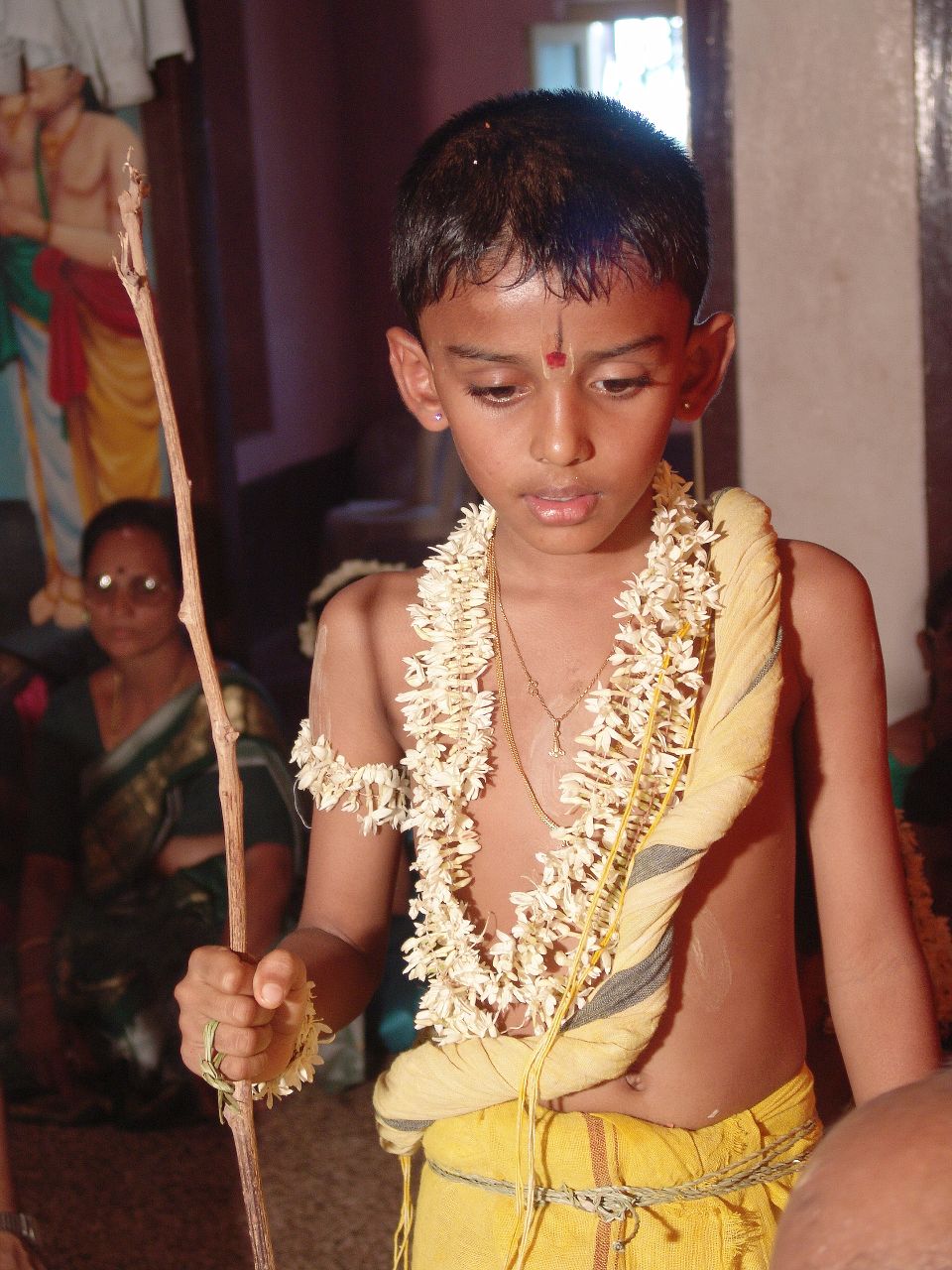|
Great Musi Flood Of 1908
The Great Musi Flood was a devastating flood that occurred on 28 September 1908 in Hyderabad on the banks of the Musi River. The city of Hyderabad was the capital of the Hyderabad State, ruled by the Nizam, Mir Mahbub Ali Khan. The flood, locally known as ''Thughyani Sitambar'', shattered the life of the people living in Hyderabad, killing 50,000 people It washed away three bridges — the Afzal, Mussallam Jung and Chaderghat, such that the Puranapul became the only link between the two parts of the city. Flooding of Hyderabad The Musi River was the cause of frequent flood devastation of Hyderabad city until the early 20th century. It had begun to swell dangerously on 27 September. The first flood warning came at 2 AM when the water flowed over Puranapul bridge. By 6 AM there was a cloudburst. The flood breached on Tuesday, 28 September 1908: the river rose 60 feet, flowing through the city. In 36 hours, 17 inches of rainfall was recorded, and the water level at A ... [...More Info...] [...Related Items...] OR: [Wikipedia] [Google] [Baidu] |
Hyderabad
Hyderabad is the capital and largest city of the Indian state of Telangana. It occupies on the Deccan Plateau along the banks of the Musi River (India), Musi River, in the northern part of Southern India. With an average altitude of , much of Hyderabad is situated on hilly terrain around Lakes in Hyderabad, artificial lakes, including the Hussain Sagar lake, predating the city's founding, in the north of the city centre. According to the 2011 census of India, Hyderabad is the List of cities in India by population, fourth-most populous city in India with a population of residents within the city limits, and has a population of residents in the Hyderabad Metropolitan Region, metropolitan region, making it the List of metropolitan areas in India, sixth-most populous metropolitan area in India. With an output of 95 billion, Hyderabad has the sixth-largest urban economy in India. The Qutb Shahi dynasty's Muhammad Quli Qutb Shah established Hyderabad in 1591 to extend the ... [...More Info...] [...Related Items...] OR: [Wikipedia] [Google] [Baidu] |
Amjad Hyderabadi
Amjad Hyderabadi Birth name Syed Ahmed Hussain(; 1888–1961), better known by the pen-name Amjad Hyderabadi (), was an Urdu and Persian Ruba'i poet from Hyderabad, India. In Urdu poetic circles he is also known as ''Hakim-al-Shuara''. During the rule of Nizam of Hyderabad, a flood occurred on 28 September 1908) on the River Musi. Hyderabadi was one of the 150 people who saved their lives by hanging on to the branches of a tamarind tree. He later wrote a poem "Qayamat-e-Soghra" (The Minor Doomsday) detailing his experience. To commemorate the 100th anniversary of the tragedy, Satyanarayana Danish recited this poem. The Warsi Brothers, an Indian Qawwali musical group, regularly recited his poems in their Qawali in various countries. Life Hyderabadi was born in Hyderabad Deccan into a small family. He saw his entire family, including his mother, wife and daughter get washed away in the Musi River flood of 1908 and he was the only survivor in his family. Most of his Ruba'i ... [...More Info...] [...Related Items...] OR: [Wikipedia] [Google] [Baidu] |
Syed Azam Hussaini
Syed may refer to: * Seyd, alternative for Sayyid (name) * Alternative for Sayyid, an honorific title * Ahsan Ali Syed (born 1973), Indian businessman * Ghulam Murtaza Syed (1904-1995), prominent Sindhi politician * Ibrahim Bijli Syed (born 1939), American radiological scientist, medical physicist, health physicist * Matthew Syed (born 1970), British journalist * Nabeela Syed (born 1999), American politician * Nabiha Syed, American technology lawyer and executive * Zulfi Syed, Indian model and actor * Nayyar Ali Dada, (Born 1943) also known as Syed Nayyar Ali Zaid, Famous Architect in Pakistan See also *Said (other) *Seyd (other) Seyd may refer to: * Seyd, alternative for Sayyid * Ernest Seyd (1830 – 1881), German-born British author, banker, and economist See also *Said (other) Said can refer to: * Speech, or the act of speaking * Saʽid, a male Arabic ... * Seyd Kola {{disambig ... [...More Info...] [...Related Items...] OR: [Wikipedia] [Google] [Baidu] |
The Times Of India
''The Times of India'' (''TOI'') is an Indian English-language daily newspaper and digital news media owned and managed by the Times Group. It is the List of newspapers in India by circulation, third-largest newspaper in India by circulation and List of newspapers by circulation, largest selling English-language daily in the world. It is the oldest English-language newspaper in India, and the second-oldest Indian newspaper still in circulation, with its first edition published in 1838. It is nicknamed as "The Old Lady of Bori Bunder", and is a newspaper of record. Near the beginning of the 20th century, Lord Curzon, the Viceroy of India, called ''TOI'' "the leading paper in Asia". In 1991, the BBC ranked ''TOI'' among the world's six best newspapers. It is owned and published by Bennett, Coleman & Co. Ltd. (BCCL), which is owned by the Sahu Jain family. In the Brand Trust Report India study 2019, ''TOI'' was rated as the most trusted English newspaper in India. In a 2021 surve ... [...More Info...] [...Related Items...] OR: [Wikipedia] [Google] [Baidu] |
The Hindu
''The Hindu'' is an Indian English-language daily newspaper owned by The Hindu Group, headquartered in Chennai, Tamil Nadu. It was founded as a weekly publication in 1878 by the Triplicane Six, becoming a daily in 1889. It is one of the Indian Newspaper of record, newspapers of record. , ''The Hindu'' is published from 21 locations across 11 states of India. ''The Hindu'' has been a family-owned newspaper since 1905, when it was purchased by S. Kasturi Ranga Iyengar from the original founders. It is now jointly owned by Iyengar's descendants, referred to as the "Kasturi family", who serve as the directors of the holding company. Except for a period of around two years, when Siddharth Varadarajan, S. Varadarajan held the editorship of the newspaper, senior editorial positions of the paper have always been held by members of the original Iyengar family or by those appointed by them under their direction. In June 2023, the former chairperson of the group, Malini Parthasarathy, w ... [...More Info...] [...Related Items...] OR: [Wikipedia] [Google] [Baidu] |
Kishen Pershad
Maharaja Sir Kishen Pershad Bahadur Yamin us-Sultanat (1864 – 13 May 1940) was an Indian noble who served as Prime Minister of Hyderabad twice. He was a childhood friend of the Nizam and a staunch Nizam loyalist throughout his life. In 1892, Pershad became the ''Peshkar'' (deputy minister) of the state. Nine years later, Nizam Mahbub Ali Khan appointed him ''dewan'' (prime minister). During his first tenure as ''dewan'', he was credited with increasing the state's revenue and helping victims of the Great Musi Flood of 1908. In 1926, he was reappointed as ''dewan''. During this period, he passed the Mulki regulations, which favoured local citizens over British for administrative positions. A proponent of the '' Ganga-Jamuni tehzeeb'' (culture of the central plains of Northern India), Pershad also wrote Urdu and Persian poems, which were influenced by Sufism. He was a patron of poetry, paintings and music. He had seven wives including both Hindus and Muslims. Pershad had ... [...More Info...] [...Related Items...] OR: [Wikipedia] [Google] [Baidu] |
Hindu
Hindus (; ; also known as Sanātanīs) are people who religiously adhere to Hinduism, also known by its endonym Sanātana Dharma. Jeffery D. Long (2007), A Vision for Hinduism, IB Tauris, , pp. 35–37 Historically, the term has also been used as a geographical, cultural, and later religious identifier for people living in the Indian subcontinent. It is assumed that the term ''"Hindu"'' traces back to Avestan scripture Vendidad which refers to land of seven rivers as Hapta Hendu which itself is a cognate to Sanskrit term ''Sapta Sindhuḥ''. (The term ''Sapta Sindhuḥ'' is mentioned in Rig Veda and refers to a North western Indian region of seven rivers and to India as a whole.) The Greek cognates of the same terms are "''Indus''" (for the river) and "''India''" (for the land of the river). Likewise the Hebrew cognate ''hōd-dū'' refers to India mentioned in Hebrew BibleEsther 1:1. The term "''Hindu''" also implied a geographic, ethnic or cultural identifier for ... [...More Info...] [...Related Items...] OR: [Wikipedia] [Google] [Baidu] |
Sari
A sari (also called sharee, saree or sadi)The name of the garment in various regional languages include: * * * * * * * * * * * * * * is a drape (cloth) and a women's garment in the Indian subcontinent. It consists of an un-stitched stretch of woven fabric arranged over the body as a dress, with one end attached to the waist, while the other end rests over one shoulder as a stole, sometimes baring a part of the midriff.Alkazi, Roshan (1983) "Ancient Indian costume", Art HeritageGhurye (1951) "Indian costume", Popular book depot (Bombay); (Includes rare photographs of 19th century Namboothiri and nair women in ancient sari with bare upper torso) It may vary from in length, and in breadth, and is a form of ethnic wear in Bangladesh, India, Sri Lanka, Nepal, and Pakistan. There are various names and styles of sari manufacture and draping, the most common being the Nivi (meaning new) style.Linda Lynton(1995), The Sari: Styles, Patterns, History, Technique , p ... [...More Info...] [...Related Items...] OR: [Wikipedia] [Google] [Baidu] |
Silk
Silk is a natural fiber, natural protein fiber, some forms of which can be weaving, woven into textiles. The protein fiber of silk is composed mainly of fibroin and is most commonly produced by certain insect larvae to form cocoon (silk), cocoons. The best-known silk is obtained from the cocoons of the larvae of the mulberry silkworm ''Bombyx mori'' reared in captivity (sericulture). The shimmering appearance of silk is due to the triangular Prism (optics), prism-like structure of the silk fibre, which allows silk cloth to refract incoming light at different angles, thus producing different colors. Harvested silk is produced by several insects; but, generally, only the silk of various moth caterpillars has been used for textile manufacturing. There has been some research into other types of silk, which differ at the molecular level. Silk is mainly produced by the larvae of insects undergoing holometabolism, complete metamorphosis, but some insects, such as webspinners and Gr ... [...More Info...] [...Related Items...] OR: [Wikipedia] [Google] [Baidu] |
Puja (Hinduism)
() is a worship ritual performed by Hindus to offer devotional homage and prayer to one or more deities, to host and honour a guest, or to spiritually celebrate an event. It may honour or celebrate the presence of special guests, or their memories after they die. The word ''puja'' is roughly translated into English as 'reverence, honour, homage, adoration, or worship'.पूजा ''Sanskrit Dictionary'', Germany (2009) ''Puja'' (পুজো / পুজা in Bengali language, Bangla), the loving offering of light, flowers, and water or food to the divine, is the essential ritual of Hinduism. For the worshipper, the divine is visible in the image, and the divinity sees the worshipper. The interaction between human and deity, between human and guru, is called a ''Darshan (Indian re ... [...More Info...] [...Related Items...] OR: [Wikipedia] [Google] [Baidu] |
Janau
''Upanayana'' () is a Hindu educational sacrament, one of the traditional saṃskāras or rites of passage that marked the acceptance of a student by a preceptor, such as a ''guru'' or ''acharya'', and an individual's initiation into a school in Hinduism. Some traditions consider the ceremony as a spiritual rebirth for the child or future ''dvija'', twice born. It signifies the acquisition of the knowledge of and the start of a new and disciplined life as a brahmāchārya. The Upanayanam ceremony is arguably the most important rite for Brāhmaṇa, Kṣatriya, and Vaiśya males, ensuring his rights with responsibilities and signifying his advent into adulthood''.'' The tradition is widely discussed in ancient Samskṛta texts of Hinduism and varies regionally. The sacred thread or yajñopavīta (also referred to as ''Janeu'', ''Jandhyam'', ''Pūṇūl, Muñja and Janivara'' Yonya) has become one of the most important identifiers of the ''Upanayana'' ceremony in contemporary ti ... [...More Info...] [...Related Items...] OR: [Wikipedia] [Google] [Baidu] |
Dhoti
The dhoti is an ankle-length breechcloth, wrapped around the waist and the legs, in resemblance to the shape of trousers. The dhoti is a garment of ethnic wear for men in the Indian subcontinent. The dhoti is fashioned out of a rectangular piece of unstitched cloth, of usually around in length. The dhoti is the male counterpart of the sari, worn by females to religious and secular ceremonies ( functions). A is a yellow silk dhoti worn on auspicious occasions. Dhotis must not be confused with "readymade panchakachams" or "dhoti pants", which are a new ready to wear trend, popular among women and typical of children. Although the terms '' mundu'' or '' veshti'' are used interchangeably with "dhoti", they are different from the dhoti, which is "looped" or wrapped around the legs, in the form of trousers or pants. The dhoti is better known as panchakacham in South India, which may even be worn while doing dances such as moonwalks. While the sari is still draped by many wom ... [...More Info...] [...Related Items...] OR: [Wikipedia] [Google] [Baidu] |








